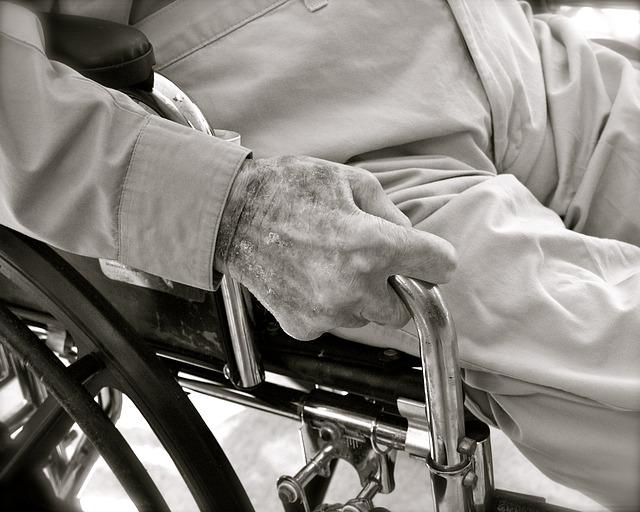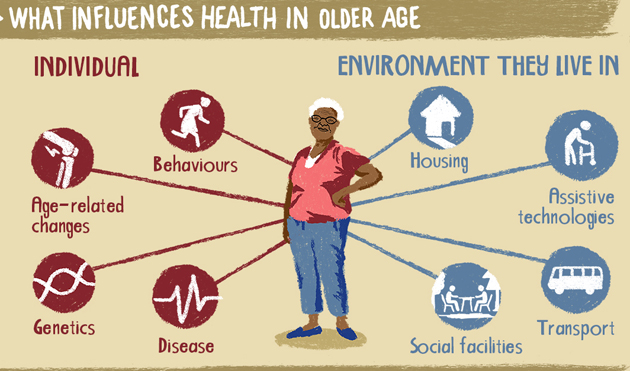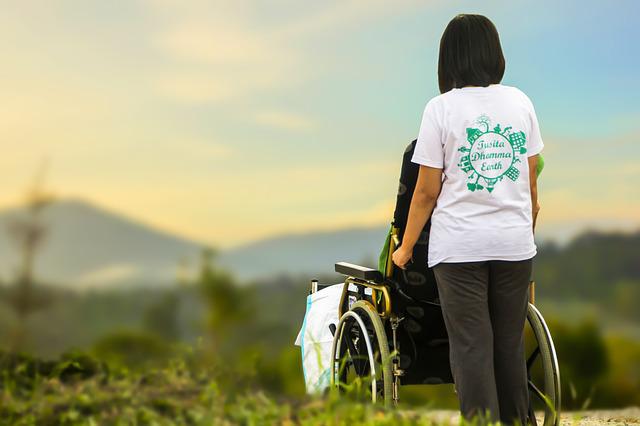
IADLs can be used to describe all of your daily activities, such as getting up and dressing or eating. They also regulate biological functions. An occupational therapist helps improve daily functional activities. They assess if the tasks can be completed successfully. They also evaluate whether the activity is safe or effective and determine how difficult it is for the patient.
Daily activities that are instrumental
It is vital to be able to perform Instrumental Activities of Daily Living (or IADLs) in order for you live independently. These activities require no assistance and enable individuals to have a rich, fulfilling life. IADLs can be used to dress, groom, feed, and clean up. It also includes basic communication skills, such as using a telephone or a computer. Other IADLs include cooking, cleaning, money management, and using public transport.
These activities are important for independent living. However, they also require higher order thinking. Experts vary on the number IADLs that are required. Most experts recommend between seven and twelve. The number of tasks required will depend on the individual. Geriatric patients may require more assistance than others.

Recognize the performance context within which you are working
Awareness of performance within a task context is an important factor in improving performance. Cognitive decline can be subtle. However, older adults who are aware and able to adapt their performance may be able maximize their performance. Functional decline can be caused by older adults who lack self-awareness and may not be able recognize or adjust their performance. There is limited research that has looked at awareness of performance within the context of functional activities of daily living.
In the present study, we used WCPA-10 to measure awareness of performance within a task context in functional activity of daily living. We observed older adults as they completed various tasks and evaluated their self-recognition for errors. These errors were then accounted for as a percentage of total errors. We also examined participants' self-ratings of performance in four different tasks.
Neuroanatomical correlates to IADLs: Research
A variety of neuroanatomical conditions can affect functional activities of daily living (FADL). These impairments can impact mobility, visual perceptual, and auditory processing. It may also be caused by morphological changes to the brain. This review was done to determine neuroanatomical factors that impact the IADL.
The researchers wanted to find out if brain perfusion patterns in certain regions are related to functional abilities. Researchers discovered a positive correlation in total IADL scores with perfusion ratios at the right-lateral temporal and superior paraietal gyrus. These results support the hypothesis of perfusion changes being related to IADL abilities.

IADLs and dementia: Impact
Understanding how dementia affects a person's ADLs is essential for the care of the patient and family members. The brain functions necessary for ADLs like judgment, attention, and safety can be affected by dementia. A dementia caregiving professional can be present in the home of the patient to help them make informed decisions and keep their independence.
The severity of dementia affects ADL performance differently depending on the stage. Some activities remained relatively unchanged in the first stages of dementia. However, some declined as the disease progressed. While bathing and dressing were more affected by dementia, continence was not affected. These differences can be found in different countries and stages. This means that intervention is needed to improve ADLs or increase independence.